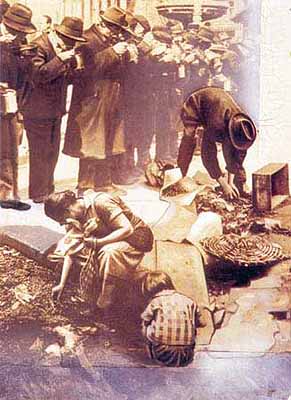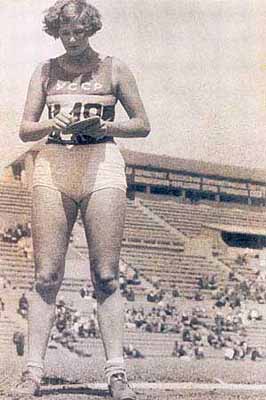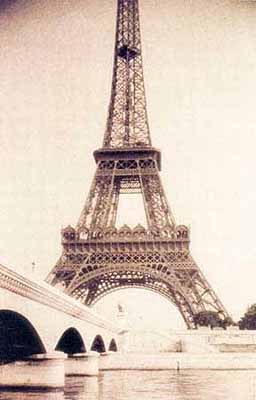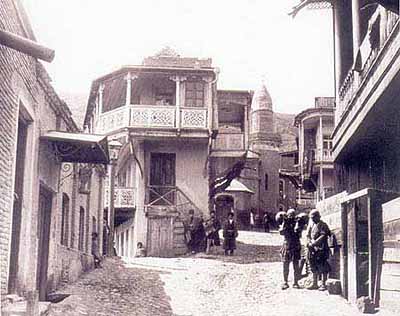
Pioneers of Photography. 1880s-1930s
El Lissitzky » Gustavs Klucis » Alexander Rodchenko » Nikolai Sedelnikov » Solomon Telingater » Dmitry Yermakov »
Exhibition: 18 Mar – 1 Jun 2004
The State Russian Museum
Inzhenernaya str., 2
191011 Saint-Petersburg
+7-812-5954248
info@rusmuseum.ru
en.rusmuseum.ru/
Wed-Mon 10-17

The exhibition presents works by national artists-photographers from Swiss collections. Both the quality of the exhibits selected and the manner of selection are of a certain interest. The latter reveals the very culture of collecting. In Russia, understanding of a photograph as an artifact came comparatively late. For this reason many an experimental and reportage photograph was not acquired for any Soviet museum. The situation changed only a few years ago. Chronologically the exhibition opens with the works of the first Russian photographer Dmitry Yermakov, who lately attracts more and more attention of the photography connoisseurs. The participant of many ethnographic and archeological expeditions and military campaigns, he took pictures that constitute a whole range of types - representatives of different folks. A clear orientation on the ethnographic and the exotic is quite vivid in the Tiflis series presented at the exhibition. A renowned master of Russian avant-garde, El Lissitzky, was on the edge of revolutionary breakthrough to understanding of possibilities and purposes of photography. Taking pictures without any special functional application, Lissitzky attempted to enter the life of his material, using unusual perspectives and optical "aiming" at an object - like, for example, - with Eiffel Tower in Paris. Absolutely new poetics of perspectives and diagonal compositions can be observed in the works of Alexander Rodchenko, who began to shoot much later than to do photo collages. The quest for bright, energetic form brought the artist not to the presentation of collective unconsciousness, traditional for the second half of the 1930s, but of individual, psychologically independent. From the point of view of the classic of Soviet propaganda typographic art Gustav Klucis Soviet political photomontage was media, directed on the manipulation of the spectator's consciousness. As a result of work with scale and space connections in his collages appears archaic Egyptian hierarchy in the depicturing of leaders and human masses. The works of Lissitzky, Rodchenko and Klucis influenced dramatically the oeuvre of the artists of next generation, whose works are also represented on the exhibition. Nikolai Denisovsky, Solomon Telingater, and Nikolai Sedelnikov have also entered the history of Russian art as highly talented polygraphists - "book designers"- who asserted the right of books to be a unique creation. The artists of second generation have brought into the art of photo collage, which became a prevalent culture at that time, more prosaic motives. Close-ups of photo images - types, documentary photos, and landscapes - also defined a new quality of photo collages, which acquired new emotional content in every separate piece.

